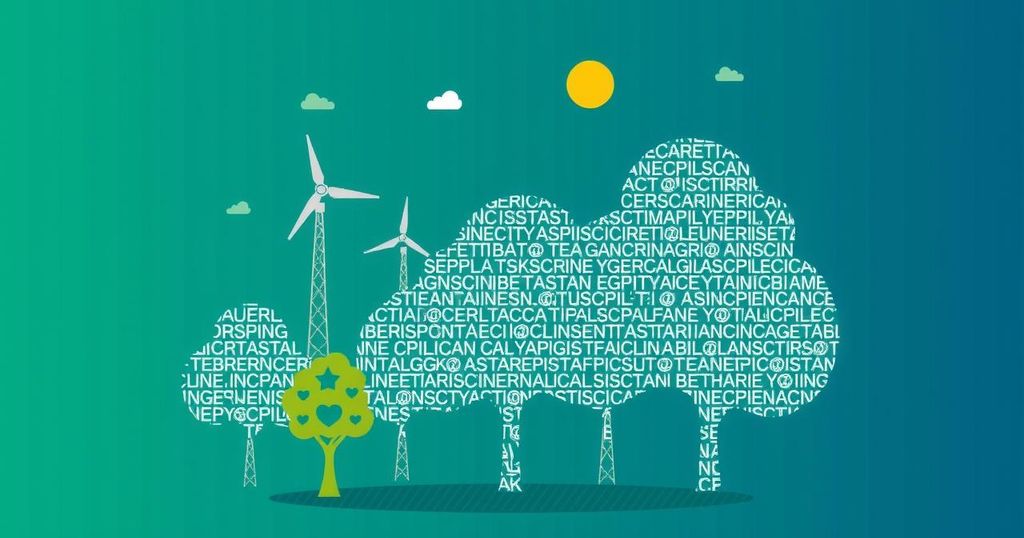Enhancing Climate Finance: The Crucial Role of Multilateral Development Banks at COP29

The upcoming COP29 summit will address the pressing need for increased climate finance, with a focus on negotiating a New Collective Quantified Goal (NCQG). Although the previous $100 billion target was met, the financial demands for climate action are projected to rise significantly, necessitating the increased involvement of Multilateral Development Banks (MDBs). MDBs can leverage their resources to mobilize up to $300 billion annually, especially if financing is equitably focused on both mitigation and adaptation. A stronger partnership with the UNFCCC can facilitate the mobilization of these vital resources for developing countries.
The ongoing negotiations at COP29 in Baku, Azerbaijan, regarding the New Collective Quantified Goal (NCQG) for climate finance highlight the pressing need for increased financial support to developing nations in their climate endeavors. While the initial target of mobilizing $100 billion per year was met in 2022, this amount falls short of the estimated $1.1 trillion required annually starting in 2025 to address climate needs effectively. The deadlock between developed and emerging economies over financial contributions further complicates the situation, making it imperative for Multilateral Development Banks (MDBs) to take on a pivotal role. MDBs possess the unique ability to leverage their AAA credit ratings to significantly enhance climate finance, potentially channeling upwards of $300 billion annually towards climate projects. The focus of MDBs must include equitable allocations between mitigation and adaptation to close existing financing gaps, particularly in the most vulnerable countries, including Least Developed Countries (LDCs) and Small Island Developing States (SIDS). By pursuing long-term, low-cost financing mechanisms, MDBs can facilitate resilience investments essential to combating climate impacts. To advance this agenda effectively, strong collaboration between MDBs and the UNFCCC is necessary, fostering a nuanced approach that invites developed countries to participate actively without compromising their budgetary constraints. Such strategies will not only facilitate increased financial flows but also ensure sustainable climate finance solutions for developing countries.
In 2015, the Paris Agreement set a framework for climate action, including a goal to mobilize $100 billion annually by 2020 to assist developing countries in addressing climate change challenges. Although this target was finally reached in 2022, the financial needs have surged, with estimates indicating that developing countries will require $1.1 trillion annually from 2025 and $1.8 trillion by 2030. The upcoming COP29 conference is pivotal for negotiating an enhanced climate finance strategy, amidst ongoing contention between developed nations and emerging economies regarding financial obligations. Multilateral Development Banks (MDBs) are indispensable in this context due to their capacity to utilize AAA credit ratings to leverage additional financing for climate projects.
The successful engagement of Multilateral Development Banks in climate financing could alleviate the significant gap that currently exists in funding for adaptation and mitigation projects. Their ability to utilize capital effectively presents an opportunity for developed countries to meet increased climate finance commitments without overwhelming their budgets. Through targeted collaboration with the UNFCCC and a focus on equitable resource allocation, MDBs can play a transformative role in securing necessary funding, particularly for the world’s most vulnerable nations.
Original Source: theglobalobservatory.org






